As you can imagine, I always get excited when new 3D scanners are introduced but that especially true when manufacturers are trying new technologies to make scanning easier, faster or more accurate (preferably all three).
Yesterday, a new 3D scanner was introduced on Kickstarter called Scoobe3D. It basically looks like a smartphone with a very large camera bump, making it very portable. But what’s most interesting is that it combines multiple 3D capture technologies.
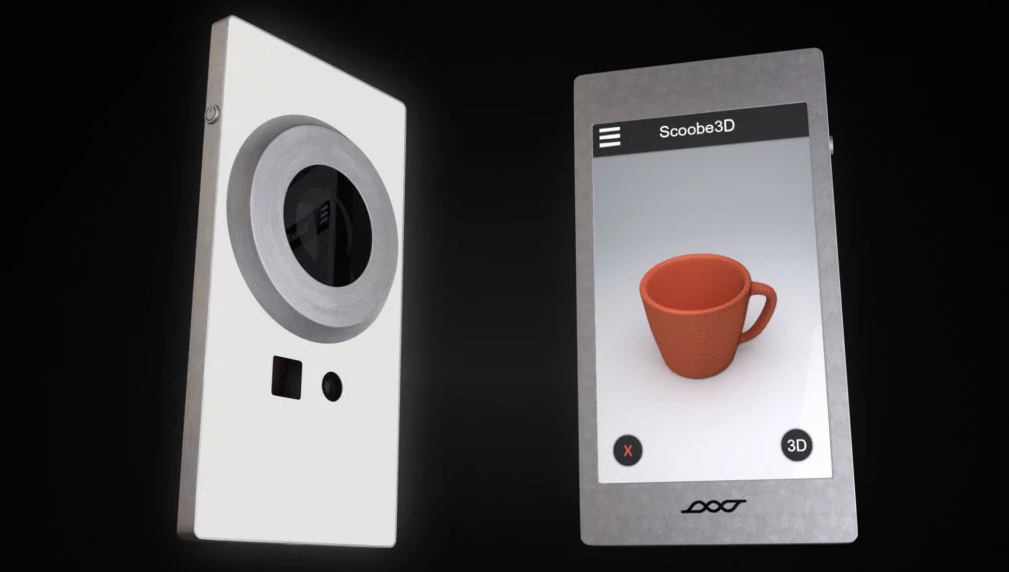
Combing Technologies
Firstly, a 2D RGB camera is used to capture high-resolution images. These images are stored on the device until it’s connected to the internet through WiFi. The images are then uploaded to the cloud where photogrammetry algorithms are used to generate the 3D model. So far nothing new, because that’s what the discontinued Autodesk’s 123D Catch did years ago and TRNIO still does.
What’s innovative is that the camera is covered by a rotatable polarization filter. Filters like these are used in photography or sunglasses to reduce distracting reflections. Reflective objects are one of the biggest enemies of 3D capture, especially for photogrammetry. Scoobe3D has apparently found a (patent-pending) way of rotating the polarization filter in relation to the capture angle to remove reflections. They call it “Polarization 3D Scanning” and have even made a video to explain this principle. On top of that, the entire back of the device is a light box, helping with proper, diffuse lighting of the object.
The second 3D scanning technology embedded in the Scoobe3D is a depth sensor that uses Time of Flight (ToF) technology to capture 3D data. That’s the same active 3D scanning technology used in Google Tango phones (may they rest in peace). Sensors like this can capture 3D data in real-time and also to scale. The manufacturer promises an accuracy “up to 0.1mm”. This is a bit of an ambiguous definition but it does emphasize that is designed to be used for measurement-critical use-cases and not just scanning for aesthetics.
According to the Kickstarter page, the ToF data is used as the base and the photogrammetry results are overlaid onto that to create a best-of-both-world 3D model that’s both accurate and aesthetically pleasing. If I’m correct, that’s comparable how itSeez3D works on the iPad in combination with a Structure Sensor — but in a package that many times more portable. If that turns out to be true, I’ll be very excited.
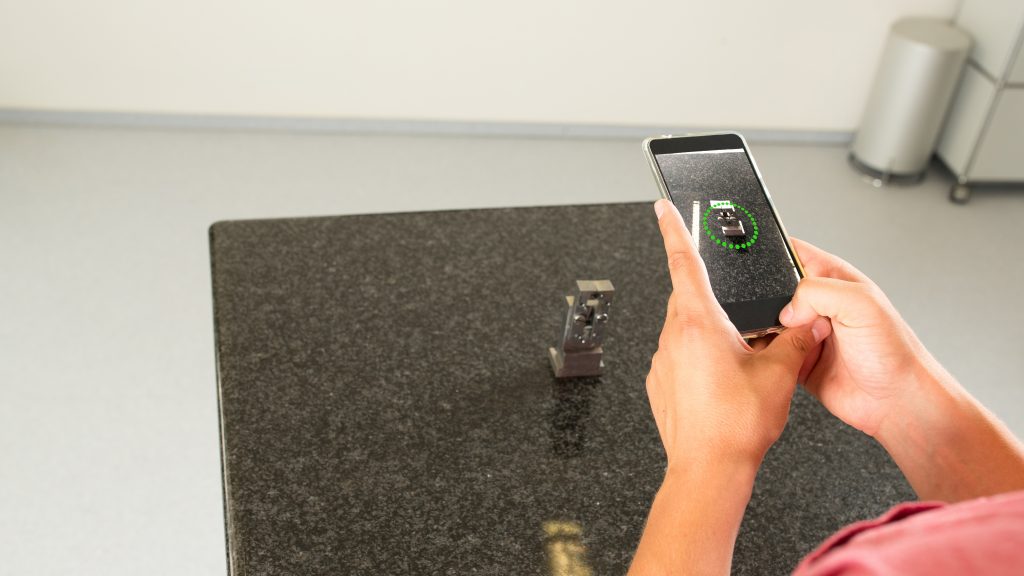
One thing I noticed when looking at the photos on the Kickstarter page (see image above) and watching the promo video (see still below) is that the video shows a QR-coded print under the objects (much like Qlone) and the photos don’t.
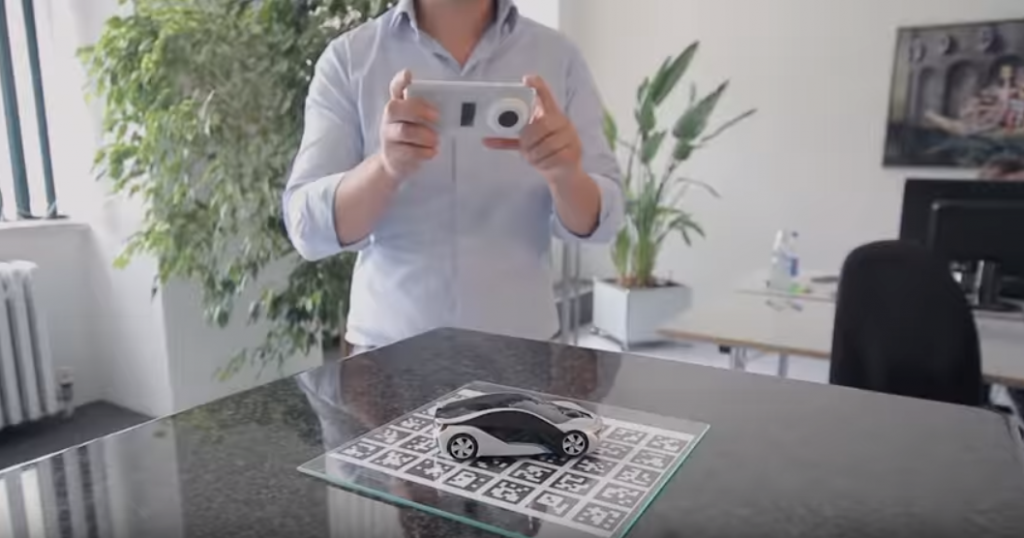
I’m curious if that print is necessary or not. I hope it isn’t since that would greatly reduce portability and flexibility when scanning on the go.
It’s very nice that the manufacturer as published the scans from both photos above on Sketchfab so I can judge the quality (which will likely improve over time):
https://sketchfab.com/models/a2e20b96c89c483c8bc00342ce989dd7
https://sketchfab.com/models/728fd86c20a74ac1815c32b4db2bd6cc
https://sketchfab.com/models/9f1b544769a74afda233ace3ce0c2b0b
I must admit that the amount of detail in these scans is impressive for objects of this small size. For comparison: there’s no way you can capture those details with a depth sensor like Structure Sensor or Intel RealSense. And pure photogrammetry would probably fail on the black, glossy parts of the car model (which seems to be a computer mouse), so that’s impressive, too. I’ve added another still from the promo video so you can compare it to the 3D model. That still also shows that the software will project a scanning progress indicator (although this particular one seems to be added to the video in post-production).
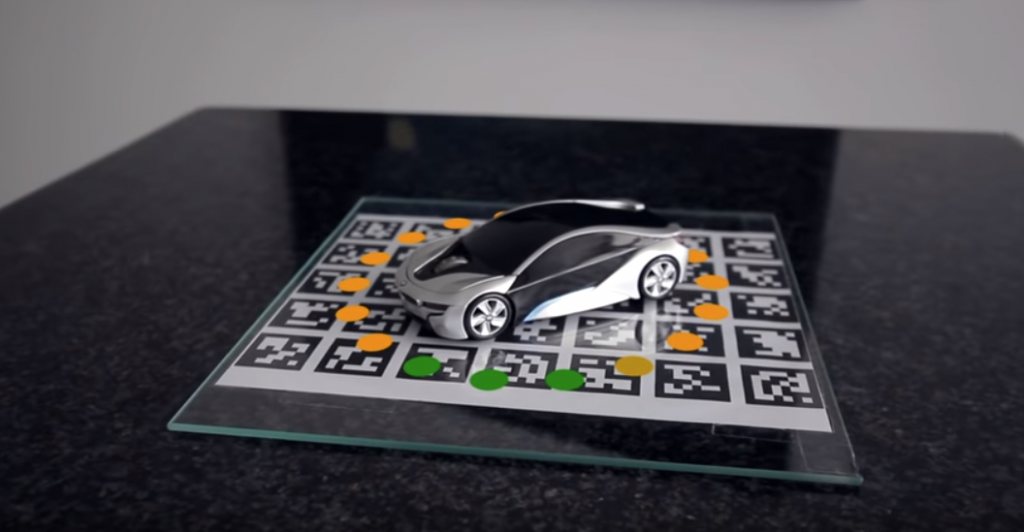
Versions and Pricing
There will also be version of the device without the ToF sensor, called the Scoobe3D Basic. This version will eventually be priced at $699 while the full-fledged Scoobe3D with ToF sensor will cost $1299. If that’s expensive or not will very much depend on the easy of use and results of the final product. Regardless, Kickstarter pledging saves up to 30% on the expected retail price.
For the Basic version, one could argue that using your own smartphone in combination with the Qlone app (iOS & Android) could deliver similar results for a lot less money but then you don’t get the polarization technology (which is the most interesting feature of this product). Future testing will have to show how much of a difference that makes on everyday objects. If you need the depth sensor feature but don’t care too much for photogrammetry-like aesthetics, you could also strap an external ToF sensor like the $389 pico flexx to your Android phone and use the Scandy Pro app. Again, just spit balling here but those things are all available right now while the Scoobe3D estimated shipping window is the second half of 2019. And products like Eora3D have proven that crowd-funded 3D scanners shipping can be delayed quite a bit.
That said, manufacturing and software development costs substantial money and buying an end-to-end solution from a single company has many benefits like support, warranty and future updates. For professionals that’s often worth a lot and this is especially true for emerging technologies like mobile 3D scanning.
Before I wrap up this post, I want to note that I can’t find any information about additional costs for the cloud-based photogrammetry service. This is interesting, because there are quite a few examples (e.g. 123D Catch) that prove that operating and scaling servers for complex calculations like this is very costly and developers are experimenting with all kinds of subscription and/or per-scan business models. For example, a few weeks ago I wrote about Wunder360 — another crowd-funded “3D scanner” that also uses cloud-based photogrammetry technology — of which the pledges include a year of cloud service subscription (without a mentioning future subscription costs).
More information about Scoobe3D can be found on their website.
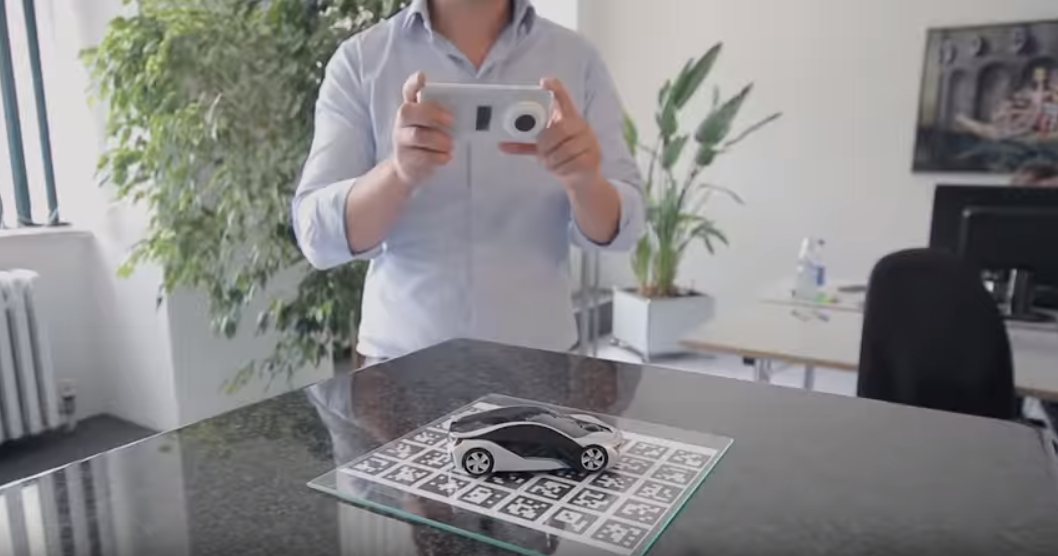

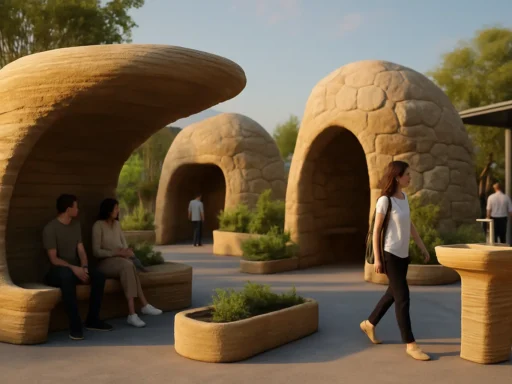


It is really an appreciating news for all the users that there has been already launched 3D technology based Scanner. It provides all the fruitful features that all are really desirable by the users. If the users have any issues like Epson error code 0x97 that definitely resolved by them.